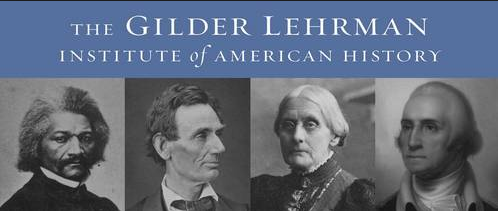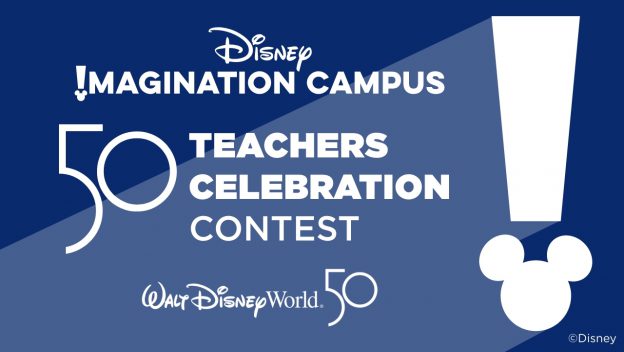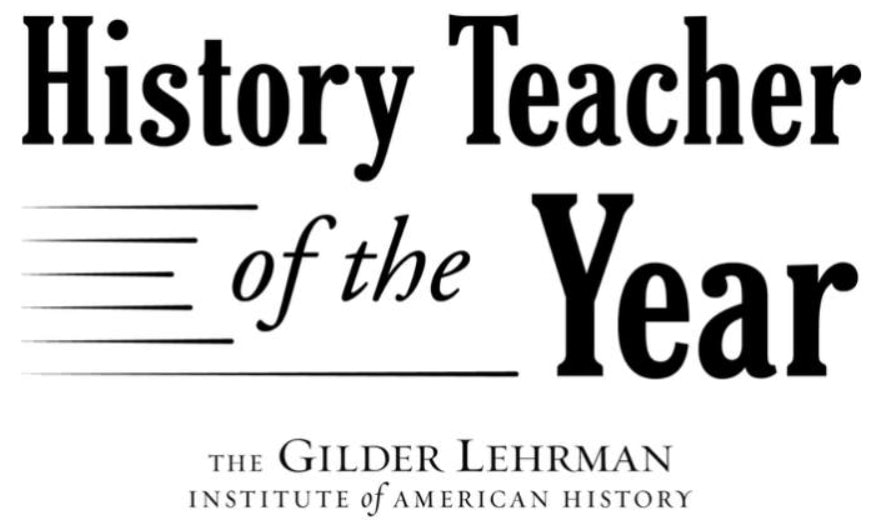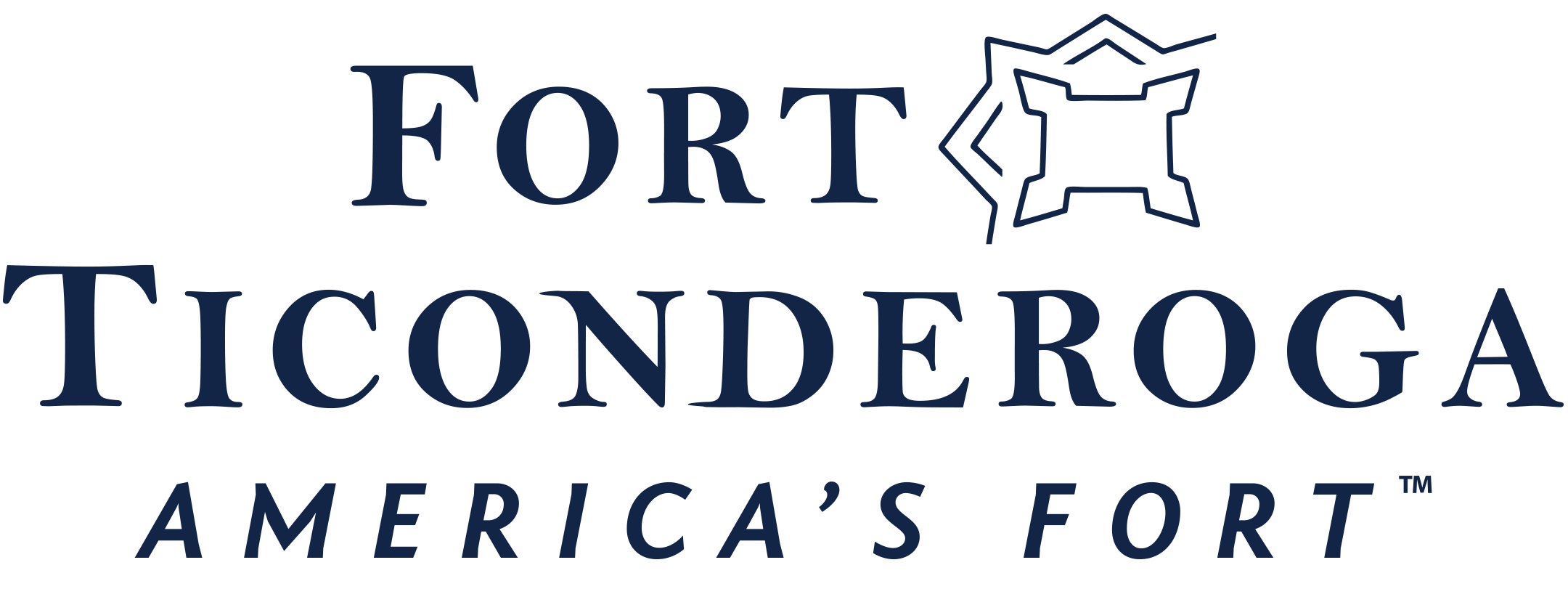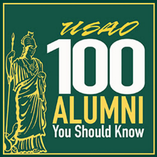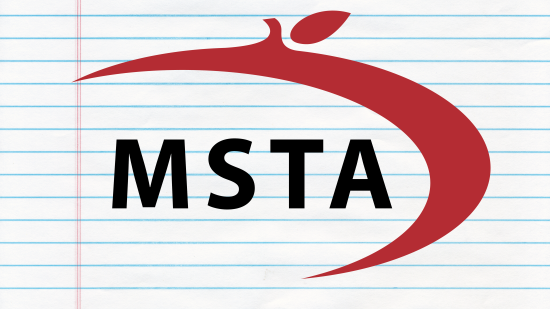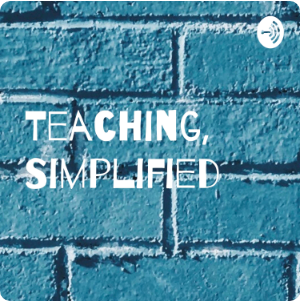History is All lecture and text reading.
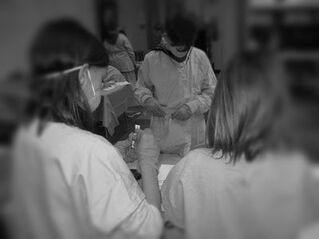 Surgery
Surgery - Engage your students with minds-on topics, activities, and lessons. My job as an educator is to provide a setting where students can be safely vulnerable, ask their own questions, identify their own problems, wrestle with materials, and create solutions. That's not done by lecture - though I must admit that lecture is not always a bad thing if it is interspersed with questions, mysteries, and activities. I know that problems in life do not present themselves, numbered and with justified margins on a rectangular piece of Hammermill. In real life, we find our own problems to solve. We have to identify valid questions to find the right answers. We must evaluate our solutions to ensure they are the best solutions. Educators must think beyond the lower-level questions that come at the end of the text chapter. Instead, we must set goals to motivate our students to think for themselves, using proofs gleaned from research.
- Engage your students with hands-on activities. Keep them active. Keep them moving. It's harder to be fall asleep when you're moving. We've known for a long time that working with appropriate manipulatives is an effective way to introduce mathematical concepts; why won't that work in history instruction, as well? Likewise, just as it's better to teach chemistry by doing chemistry, it is also appropriate to put artifacts and documents into your students' hands in history. Have your students present scenes from historical events to one another. Let them reflect upon their study by sketching portraits or landscapes. Turn a lesson or a review into a game. I love this aspect of lesson planning in the history classroom: it allows me to conjure activities that no one else would have imagined.
 Finding Patterns in Jefferson's Bricks
Finding Patterns in Jefferson's Bricks - Surprise them. I also enjoy wowing my fourth graders when they enter the classroom at the beginning of the day or after an extracurricular class. I like to create scenes for them to step into. I put on some interesting music, turn off the fluorescent lights, and bring in colors spotlights. I have an arsenal of special effects lighting (much of which is curated at after-Christmas sales) that can set a very different mood for pupils. I often speak with a softer voice to introduce the class to a scenario/problem from they are tasked to solve. With a simple element of surprise, I can lure students into my trap and make them want to know more.
- Move your students around. It's no fun sitting at a desk all day. My students are on the move to different areas of the room throughout the day. They sit in the floor. They bring their chairs to the interactive white board. They stand. I use callbacks to keep their attention throughout a lesson (not just to get their attention when they've gotten rowdy). We do improvisational theater games to maintain focus. It's all blended into our day. We don't stop one activity to begin another; instead, these things are all interwoven to make them seem seamless. At least that's the plan!
- Stimulate the senses. I look up and down to figure out how to make my classroom three-dimensional. What can hang from the ceiling? What can stand in the middle of the open floor? How can I alter the lighting? Unfortunately, many teachers stop with the visual classroom. Some, of course, will play music or sound effects, and if they do hands-on activities, the sense of feel has been introduced. Few, however, will try to introduce smells and taste when appropriate. I would encourage teachers to make a list if they have to, to remember to think of creative ways to introduce all of the senses into their lessons and projects.
- Bring things to life. One morning, my students will step into an archaeological dig. Without prior instruction, they will begin the project of inferring and predicting based on the evidence they, literally, dig up. They will record their findings and conclusions on a prepared sheet, and we'll follow up with discussion before I actually "teach" more specific concepts. On another day, students will be presented with a completely disrupted classroom. Tables have been overturned. Books are strewn about. Ceiling tiles have been displaced. Wires hang from the ceiling. The room is a mess. Students are given a news report explaining that there has been an earthquake. Each pupil has an assigned job in the rescue and recovery effort, recording their feelings and activities every couple of minutes to collect a real-time timeline of the events (Later, they will use their notes to write a story or article about their experiences. As the teacher, I create big scenes like this in order to give my students experiences. In the end, their pencils can't move fast enough to get all of their thoughts onto paper.
- Seize opportunities. Current events are always in our peripheral vision. Problems enter the classroom from outside sources. I must always be prepared to listen to my students. Many times, those daily problems, perceived slights, or new items can be used. Granted, they may not address the current standards or the school district's expectations, but these events can provide the most meaningful teaching opportunities. They are, after all, real issues that affect the lives of our kids. I encourage teachers not to pass on all of them, but to occasionally embrace the present, on-the-fly lesson that emerges.
- Storytelling is not lecture. There is no better place for storytelling than in a history classroom! That's why many historical events have been recreated in cinema. The drama can be presented as a narrative, complete with character voices and dramatic vocal inflections. Here is your chance to teach rising and falling action, conflict and resolution, plot, setting, characterization, figurative and descriptive language, and much more. Draw students into the lesson by making it fun to listen to. Emphasize the details, sometimes gross or violent. Let them be confused by anomalies and mysteries.
- Connect with other subjects. My history lessons will include, as you may be able to tell, forays into listening, speaking, reading, and writing. I'll also include critical thinking, science, and math. When we study Benjamin Franklin, we slide right into a series of science lessons about electric circuits. We watch a video of a glass armonica, a musical instrument Franklin invented, and try to recreate the music using water and friction. We measure things, find the area and perimeter of items, and compare populations. We'll do subtraction to find differences in years. We'll write, write, and write about lots of things as we learn about them.
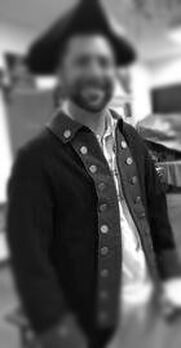 Our Principal's Costume Fitting
Our Principal's Costume Fitting - Invite speakers and experts. Develop a list of experts you can call on from year to year. Teach your students proper etiquette for being a good audience. Teach them how to listen with purpose. Teach them to discern good questions from not-so-good ones. Teach students explicitly to avoid questioning a guest with, "How old are you?" or "Do you like your job?" They should be able to ask questions based on prior research and what the guest presents - questions with which they can learn something new when answered. In this day and age, we can also conduct virtual field trips, hooking up with museums and historical sites by Skype in order to speak with scholars and historical reenactors. Any time students can hear another voice and not just my own, they will be more apt to listen. Mind you, you'll need to put a time limit on your guests and not allow them to outlast their welcome: always remember the stuffle with attention spans.
- Wear a costume. Did anybody say cosplay? If you have a flair for dramatic presentation (or comic presentation), you may choose to put together an ensemble that transports your students to the past. Become a colonist, a settler, explorer, a soldier or a politician. I don't like to portray actual historical figures, but I will keep things more general. In that character, I can tell students what I "witnessed" in history. Your students will know it's just you, of course, but make them pretend with you!
In short, get your noses out of the book. Get your students outside the four walls of the classroom from time to time. Bring it to life for them. History should never be all lecture and text reading. Together, we can create better thinkers and better citizens by keeping everyone engaged and thinking!









